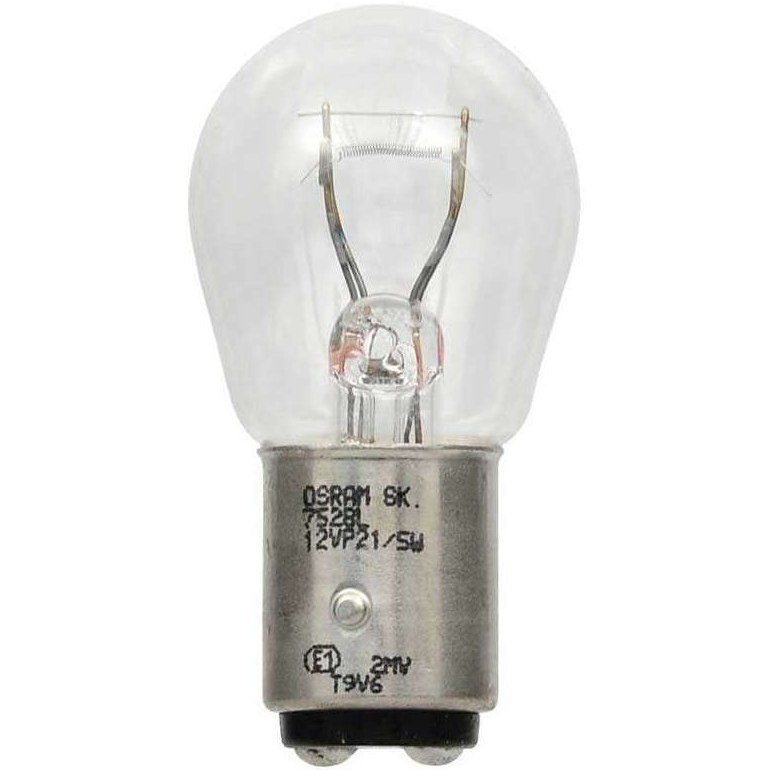electronium
Member
greeting to forum
A question has been occupying my mind right now, what is the voltage drop of the power supply output and load input when loading with a certain ampere?
for exmple:
source 12vdc
current load 1.7A
drop voltage terminal load؟ How is it calculated?
load= lamp 12v 21w


A question has been occupying my mind right now, what is the voltage drop of the power supply output and load input when loading with a certain ampere?
for exmple:
source 12vdc
current load 1.7A
drop voltage terminal load؟ How is it calculated?
load= lamp 12v 21w

Last edited:

